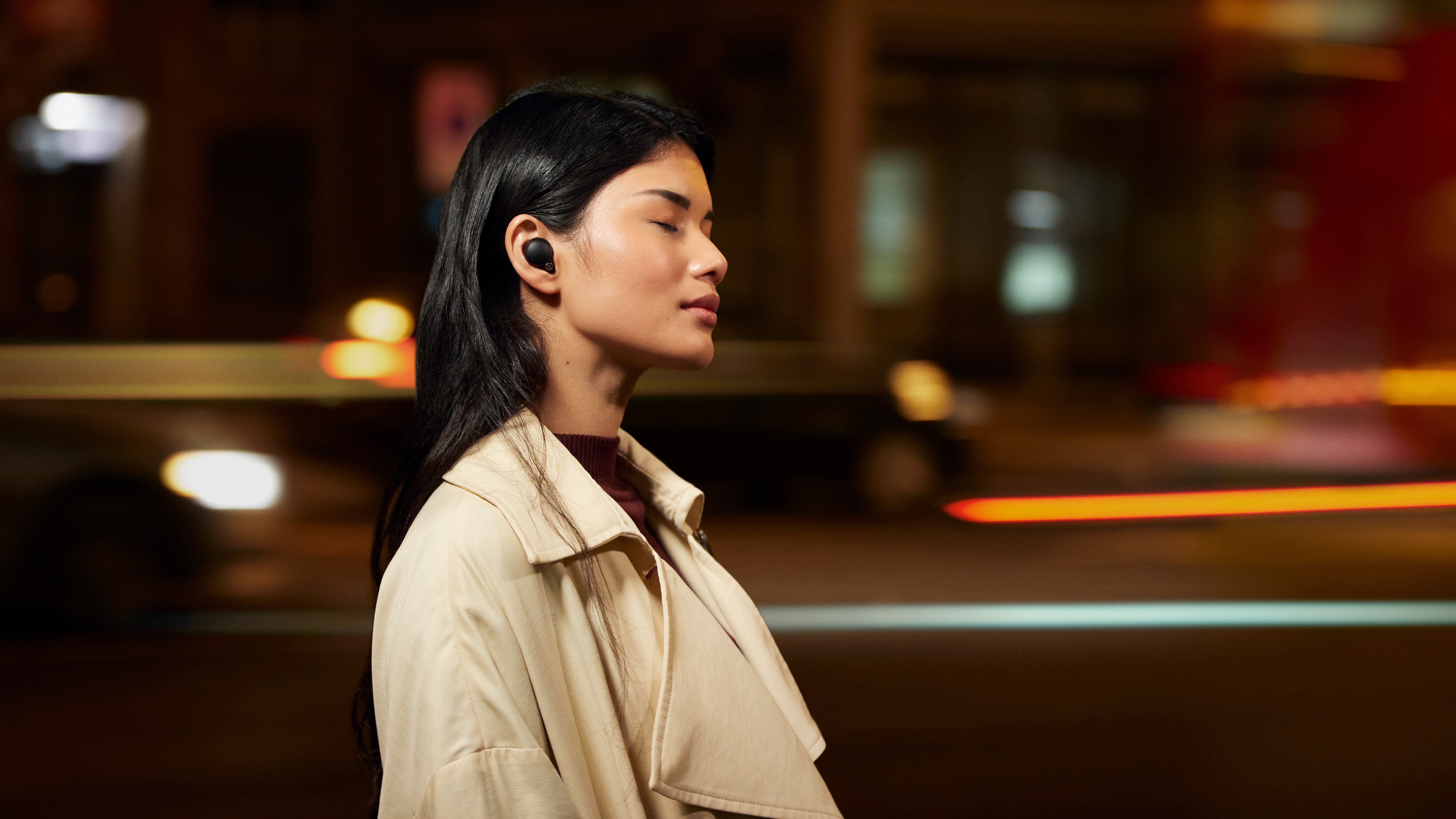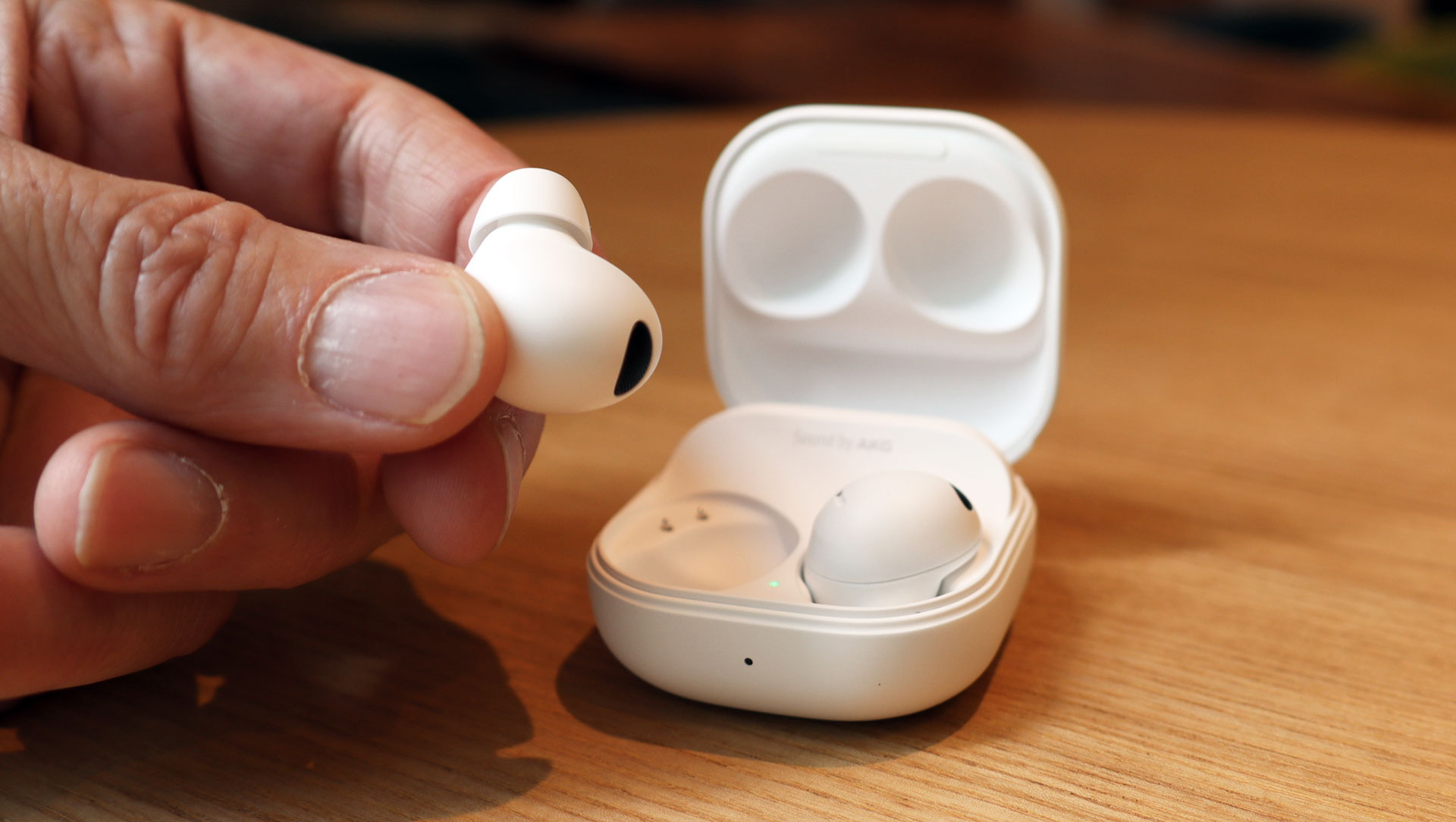What is Bluetooth LE Audio? The next-gen wireless connection explained

Bluetooth Low Energy (LE) Audio is a new Bluetooth wireless standard that's set up upgrade the way we listen to music and bring a whole boatload of new audio features to a range of devices. The Bluetooth Special Interest Group (SIG) is an industry collective that makes the Bluetooth wireless standard. It first unveiled Bluetooth LE Audio at CES 2022 and, in 2022, it announced the latest specification had been completed and could be rolled out to apps and devices.
Described by SIG as “the next generation of Bluetooth audio”, it’s best to consider LE Audio as an umbrella term to describe a bunch of new technologies that focus on both power efficiency and audio quality. This new standard also introduces some innovative new features, making this the biggest upgrade to Bluetooth audio in years, especially if you own a pair of the best true wireless earbuds that support it (which some do already).
In our guide below we’ll cover everything you need to know about Bluetooth Low Energy (LE) Audio and what it’ll mean for the future of audio devices.

Bluetooth LE Audio: What is it?
Most of us know that Bluetooth is a wireless standard that allows for data to be exchanged between, say, a phone and a pair of earbuds. But if you hadn’t given Bluetooth much thought beyond that, you’re not alone.
The main thing you need to know is that there’s a standard version of Bluetooth, such as Bluetooth 5.0, which is sometimes called Bluetooth Classic and is used in most devices. Then there’s Bluetooth LE (Low Energy) which is more focused on low power consumption and running smaller devices (such as true wireless earbuds, or smart home devices). Both can co-exist in devices, so this isn't necessarily a case of choosing one over the other.
To understand the benefits of Bluetooth LE Audio we need to talk codecs. An audio codec encodes audio data at its source (ie, a smartphone) so it can be transmitted to a device (ie, wireless earbuds) where it’s decoded so it can be played back. Bluetooth LE Audio uses a new codec called Low Complexity Communication Codec (LC3) that changes how audio is transmitted via Bluetooth and replaces the Bluetooth Classic codec, which is called SBC (Sub-band Codec).
The LC3 codec is designed to be a more efficient codec for transmitting audio. The result is a Bluetooth standard that improves efficiency (meaning less battery power is required to use it), as well as audio quality, because it's a more modern codec. According to according to Bluetooth SIG, it provides higher quality at the same data rates as SBC. If you head on over to the Bluetooth SIG’s Audio Codec Demonstration, you can actually listen to a comparison between the two codecs to hear the difference for yourself.
Sign up for breaking news, reviews, opinion, top tech deals, and more.

Bluetooth LE Audio: What are the benefits?
All of this news is exciting for those building tech products, but how will you and I benefit? The top line benefits according to Bluetooth SIG are: “improved audio quality, reduced power consumption and improved interoperability.” It’s worth saying at this point that it’s still early days and we don’t know yet whether these claims will deliver in the real world.
That being said, we can expect to experience improved bitrates, better battery life, and lower latency – good for gamers when every second of audio lag counts. Some predict that these improvements could also lead to cheaper products, too. In the past, companies had to pay licensing fees to make improvements to Bluetooth – such as if companies want to include aptX for Hi-Res Audio, but LE Audio can support the high bitrates needed for that kind of sound quality on its own.
However, one of the most interesting new features of Bluetooth LE Audio is something that Bluetooth SIG is calling Auracast. It says that this will allow a single source device, like a phone, to broadcast multiple streams of audio to many devices all at once, such as a whole group headphones. Not only would this allow you to share your music with your friends as you listen, but Bluetooth SIG also gives several other use cases of how this kind of tech is so useful. For example, everyone at a gym could connect their wireless earbuds up to a public TV.
Another benefit that could have major implications for the future is that Bluetooth LE Audio brings support for hearing aids and hearing implants. This means people who use these hearing devices may soon be able to access audio from TVs and smartphones that carry the new standard. This is significant as lots of audio sources will have traditionally been inaccessible to them.

Bluetooth LE Audio: How can you use it?
Bluetooth LE Audio is, technically, available now. There are multiple headphones that already say they support it, and many more that hypothetically could after a software update (it requires Bluetooth 5.2 or later hardware).
But Bluetooth SIG needs consumer electronics companies to actually adopt the new standard on devices that send the audio as well as those that receive it. This means there’s no official date you’re going to get it. But it’s down to tech manufacturers to include the new standard in their devices.
The problem really is the phones right now. Android 13 appears to have theoretical support for it, but it's not active on devices. Perhaps lots of phones could have it activated in the future, but there's no official word on that, and different phone makers may approach it differently.
And it's unclear if Apple is interested in the technology. According to 9to5Mac, Bluetooth LE Audio was being tested on the Apple AirPods Max back in mid-2022, but the technology isn't support in iOS 16 or in AirPods Pro 2, released since then. Perhaps Apple will look at it in iOS 17, but that's a long way away.
We expect that companies will begin to adopt the latest version of Bluetooth, but may focus on improved features, like 50% better battery life, in future products without mentioning that it’s only possible because of LC3 and Bluetooth LE Audio.
Bluetooth LE Audio: Do you need it?
Bluetooth LE Audio certainly sounds innovative, but do you need it? Some industry commentators have shared their concerns about LE Audio saying that it focuses too much on efficiency and not enough on audio quality. We’ll find out as devices and headphones start rolling out with Bluetooth LE Audio over the next few years.
However, if Bluetooth LE Audio delivers on some of its biggest promises, we could all have better-performing – and possibly even cheaper – wireless devices in the coming years that still play great-sounding audio.

Becca is a contributor to TechRadar, a freelance journalist and author. She’s been writing about consumer tech and popular science for more than ten years, covering all kinds of topics, including why robots have eyes and whether we’ll experience the overview effect one day. She’s particularly interested in VR/AR, wearables, digital health, space tech and chatting to experts and academics about the future. She’s contributed to TechRadar, T3, Wired, New Scientist, The Guardian, Inverse and many more. Her first book, Screen Time, came out in January 2021 with Bonnier Books. She loves science-fiction, brutalist architecture, and spending too much time floating through space in virtual reality.